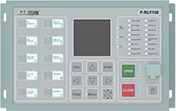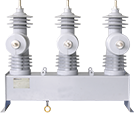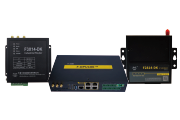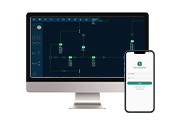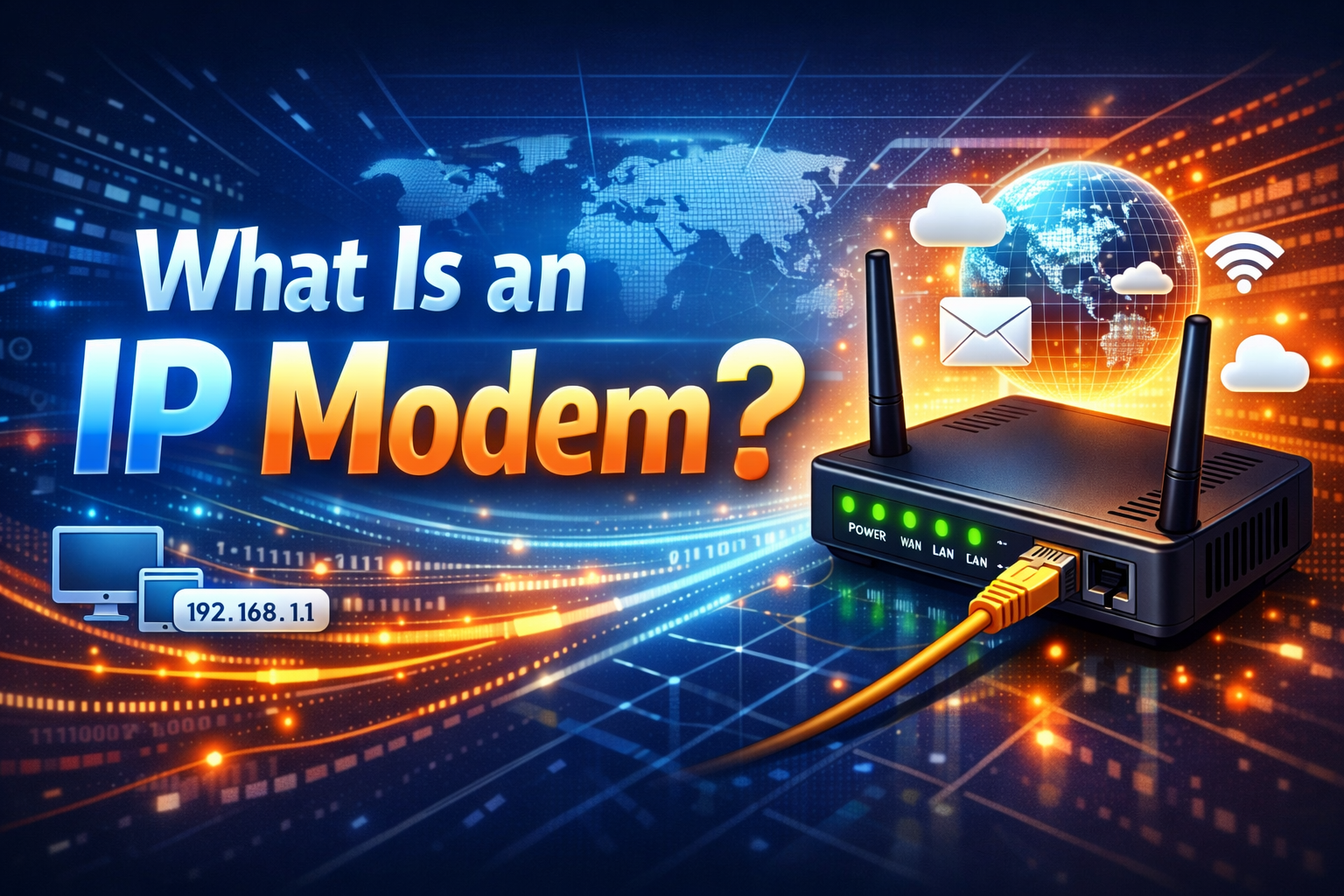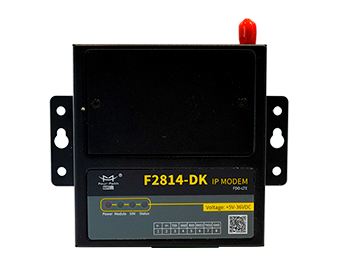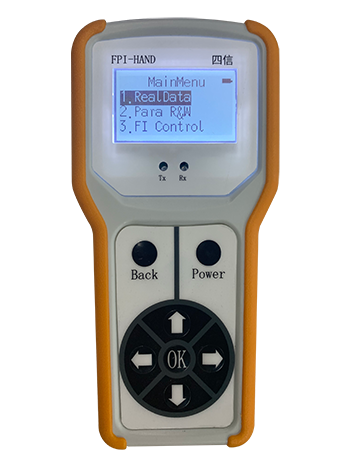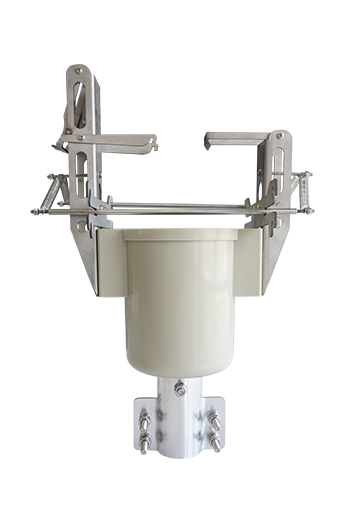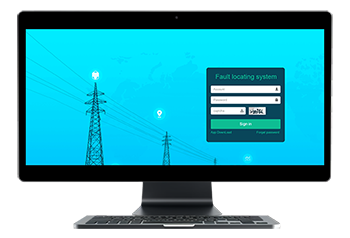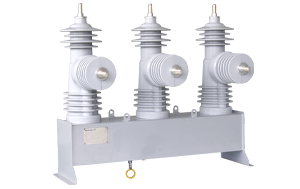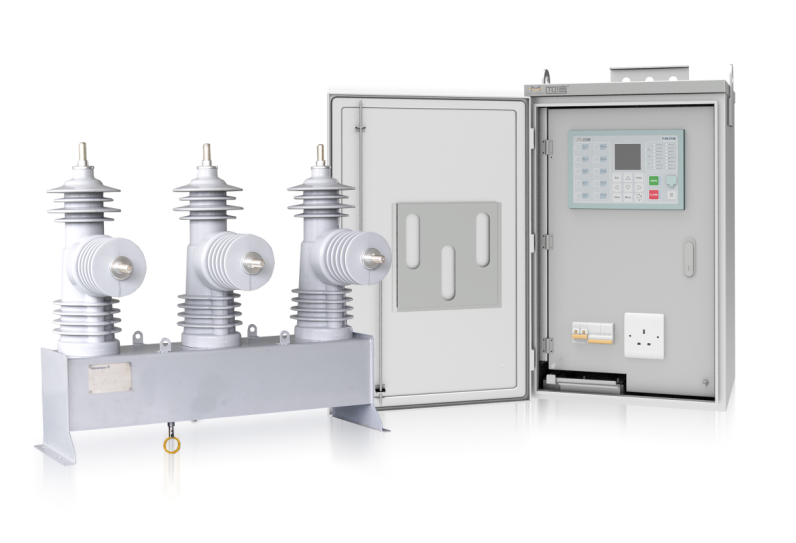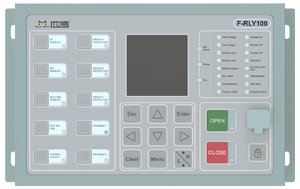News
Five Key Points of Smart Grid Technology! Take You to Understand Smart Grid Technology
Date:2022-11-24
The smart grid technology is the intelligence of the grid, also known as "grid 2.0", which is based on an integrated, high-speed two-way communication network, through advanced sensing and measurement technology, advanced equipment technology, advanced control methods and The application of advanced decision support system technology achieves the goals of reliability, security, economy, efficiency, environmental friendliness and safe use of the power grid. Its main features include self-healing, incentives and protection of users, resistance to attacks, and power quality that meets user needs , allowing the access of various forms of power generation, starting the power market and optimizing and efficient operation of assets.
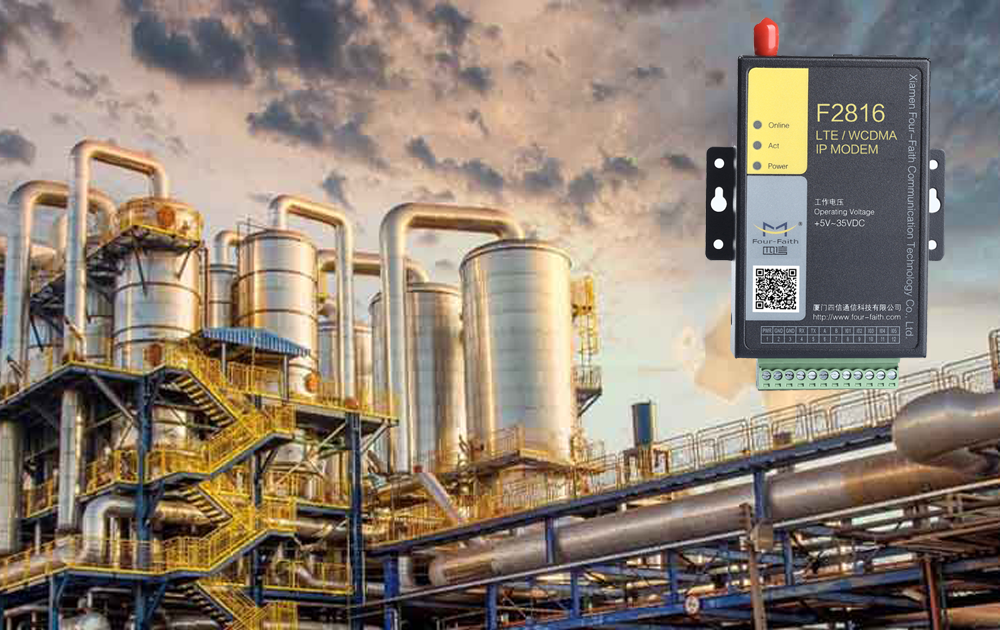
1. Introduction to Smart Grid Technology
U.S. Department of Energy "Grid 2030": A fully automated power transmission network capable of monitoring and controlling each user and grid node, ensuring the two-way flow of information and power between all nodes in the entire transmission and distribution process from power plants to end users.
China Internet of Things School-Enterprise Alliance: Smart grid consists of many parts, which can be divided into: smart substation, smart distribution network, smart energy meter, smart interactive terminal, smart dispatch, smart home appliances, smart power buildings, smart city power grid , Intelligent power generation system, new energy storage system.
European Technology Forum: An electricity transmission network that integrates all activities of all users connected to the grid to efficiently provide continuous, economical and secure electricity.
State Grid China Electric Power Research Institute: Based on the physical grid (China's smart grid is based on a strong grid with UHV grid as the backbone grid and coordinated development of grids of various voltage levels), modern advanced sensing and measurement technology, A new type of power grid formed by the high integration of communication technology, information technology, computer technology and control technology with the physical power grid. It aims to fully meet users' demand for electricity and optimize resource allocation, ensure the safety, reliability and economy of power supply, meet environmental protection constraints, ensure power quality, and adapt to the development of power market, etc., to achieve reliable and economical power for users. , clean, interactive power supply and value-added services.
2. Background of Smart Grid Technology
The development of smart grid is still in its infancy in the world, and there is no common precise definition. Its technology can be roughly divided into four areas: advanced measurement system, advanced power distribution operation, advanced transmission operation and advanced asset management. The main function of the advanced measurement system is to authorize the user to establish a connection between the system and the load, so that the user can support the operation of the power grid; the core of the advanced power distribution operation is online real-time decision-making command, the goal is disaster prevention and control, and the prevention of large-scale cascading failures The main function of advanced transmission operation is to emphasize congestion management and reduce the risk of large-scale outage; advanced asset management is to install a large number of advanced sensors in the system that can provide system parameters and equipment (asset) "health" status, and collect the Real-time information is integrated with processes such as resource management, simulation and simulation to improve the operation and efficiency of the power grid. The smart grid is an important application of the Internet of Things. The article "Study on the Architecture of Smart Grid Information System" published in "Acta Computer Science" discusses it in detail, and analyzes the architecture of the smart grid information system.
3. Market share of smart grid technology
The establishment of smart grid is a huge historic project. Many complex smart grid projects are currently underway, but the gap is still huge. For providers of smart grid technologies, the driving challenges are distribution network system upgrades, distribution station automation and power transportation, smart grid networks, and smart meters. According to the latest report of Parker Research Institute, the smart grid technology market will grow from 33 billion US dollars in 2012 to 73 billion US dollars in 2020, and the cumulative market will reach 494 billion US dollars in 8 years.
During the "Twelfth Five-Year Plan" period, my country will build an UHV AC line of "three vertical, three horizontal and one ring networks", and build 11 UHV DC transmission projects, with an investment of up to 300 billion yuan; the investment during the "Thirteenth Five-Year Plan" period is slightly There has been a slowdown, and the investment quota has reached 250 billion yuan.
By 2015, the State Grid's large-scale and long-distance power transmission capacity will reach 250 million kilowatts, and the annual transmission of electricity will be 1.15 trillion kilowatt-hours, which can support the consumption and transmission of 145 million kilowatts of clean energy power generation, which can meet the needs of more than 1 million people. According to the requirements for the use of electric vehicles, the resource optimization allocation capability, economic operation efficiency, safety level and intelligence level of the power grid will be comprehensively improved.
4. Smart grid technology
4.1 Communications for smart grid technologies
The establishment of a high-speed, two-way, real-time, and integrated communication system is the basis for realizing the smart grid. Without such a communication system, any feature of the smart grid cannot be realized, because the data acquisition, protection and control of the smart grid require such a communication system. support, so establishing such a communication system is the first step towards a smart grid. At the same time, the communication system must go deep into thousands of households like the power grid, thus forming two closely related networks—the power grid and the communication network. Only in this way can the goals and main features of the smart grid be realized. The diagram below shows the relationship between the power grid and the communication network. High-speed, two-way, real-time, and integrated communication systems make smart grids a dynamic, large-scale infrastructure that interacts with real-time information and power exchanges. When such a communication system is built, it can improve the power supply reliability of the power grid and the utilization rate of assets, prosper the power market, resist attacks on the power grid, and thus increase the value of the power grid.
4.2 Sensors for smart grid technology
With the establishment of a high-speed two-way communication system, the smart grid realizes its most important feature—self-healing—through continuous self-monitoring and correction, and the application of advanced information technology. It can also monitor various disturbances, make compensation, redistribute the power flow, and avoid the expansion of accidents. The high-speed two-way communication system enables various intelligent electronic devices (IEDs), smart meters, control centers, power electronic controllers, protection systems, and users to conduct networked communications, improving the ability to control the power grid and the level of high-quality services. In this technical field, there are two main aspects of technology that need to be focused on. One is the open communication architecture, which forms a "plug and play" environment and enables networked communication between grid components; the other It is a unified technical standard that enables seamless communication between all sensors, intelligent electronic devices (IEDs) and application systems, that is, information can be fully understood between all these devices and systems, and devices and Interoperability between devices, between devices and systems, and between systems. This requires the cooperation of power companies, equipment manufacturers, and standard-setting organizations to realize the interconnection of communication systems.
4.3 Measurement of smart grid technologies
Parameter measurement technology is a basic component of smart grid. Advanced parameter measurement technology obtains data and converts it into data information for use in various aspects of smart grid. They assess the health of grid equipment and the integrity of the grid, perform meter readings, eliminate rate estimates and prevent electricity theft, mitigate grid congestion, and communicate with customers.
The smart grid of the future will eliminate all electromagnetic meters and their reading systems, and replace them with smart solid-state meters that allow two-way communication between utilities and customers. Microprocessor-based smart meters will have more functions. In addition to measuring power usage and electricity bills at different times of the day, they also store peak power price signals and tariff rates issued by power companies, and notify users of what to implement. rate policy. The more advanced functions include the user's own strategy of compiling timetables and automatically controlling the user's internal power usage according to the rate policy.
For power companies, parameter measurement technology provides power system operators and planners with more data support, including power factor, power quality, phase relationship (WAMS), equipment health and capability, meter damage, and fault location , Transformer and line loads, temperature of key components, outage confirmation, power consumption and forecast data. The new software system will collect, store, analyze and process this data for use by the utility's other operations.
Future digital protection will embed computer agents, greatly increasing reliability. A computer agent is an autonomous and interactive adaptive software module. The wide area monitoring system, protection and control scheme will integrate digital protection, advanced communication technology and computer agents. In such an integrated distributed protection system, the protection elements can adaptively communicate with each other, such flexibility and adaptability will greatly improve reliability, because even if part of the system fails, others with computer agents The program's protection components are still able to protect the system.
4.4 Devices for smart grid technology
The smart grid needs to widely apply advanced equipment technology to greatly improve the performance of the power transmission and distribution system. The devices in the smart grid of the future will make full use of the latest research results in materials, superconductivity, energy storage, power electronics and microelectronics technology, thereby improving power density, power supply reliability and power quality, and the efficiency of power production.
The future smart grid will mainly apply advanced technologies in three aspects: power electronics technology, superconducting technology and large-capacity energy storage technology. Improve power quality by adopting new technologies and finding the best balance between grid and load characteristics. Through the application and transformation of various advanced equipment, such as equipment based on power electronics technology and new conductor technology, to improve the transmission capacity and reliability of the power grid. Many new energy storage devices and power sources will be introduced into the power distribution system, while new network structures such as microgrids will be utilized.
Economical FACTS devices will utilize low-cost power semiconductor devices that are more controllable than existing semiconductor devices, making these advanced devices widely available. Distributed power generation will be widely used, and multiple units are connected through a communication system to form a dispatchable virtual power plant. Superconducting technology will be used in short-circuit current limiters, energy storage, low-loss rotating equipment, and low-loss cables. Advanced metering and communication technologies will enable the application of demand response.
4.5 Control of smart grid technology
Advanced control technology refers to the devices and algorithms that analyze, diagnose and predict the state in the smart grid and determine and take appropriate measures to eliminate, mitigate and prevent power supply interruptions and power quality disturbances. These technologies will provide control methods on the transmission, distribution and consumer side and can manage the active and reactive power of the entire grid. To some extent, advanced control technology closely depends on and serves the other four key technology areas, such as advanced control technology monitors basic components (parameter measurement technology), provides timely and appropriate responses (integrated communication technology; advanced equipment technology) and rapid diagnosis of any event (Advanced Decision Technology). In addition, advanced control technology supports market quotation technology and improves the management level of assets.
The analysis and diagnosis functions of advanced control technology in the future will introduce preset expert systems, and take automatic control actions within the scope allowed by the expert system. The actions performed in this way will be at the second level, and this characteristic of the self-healing grid will greatly improve the reliability of the grid. Of course, advanced control technology requires an integrated high-speed communication system and corresponding communication standards to handle large amounts of data. Advanced control technologies will support distributed intelligent agent software, analysis tools, and other application software.
4.5.1 Collecting data and monitoring grid components
Advanced control technology will use the system and user parameters measured by smart sensors, smart electronic devices and other analysis tools, as well as the status of grid components, to evaluate the status of the entire system. These data are quasi-real-time data, which is very important for mastering the overall operation of the grid. The status is of great significance, and at the same time, the time signal of the vector measurement unit and the global satellite positioning system is used to realize the early warning of the power grid.
4.5.2 Analyzing data
Quasi-real-time data and powerful computer processing capabilities provide software analysis tools with the ability to rapidly expand and improve. State estimation and emergency analysis will complete the analysis at the level of seconds instead of minutes, which will give advanced control technology and system operators enough time to respond to emergency problems; expert systems will convert data into information for rapid decision-making; load forecasting will Apply these quasi-real-time data along with improved weather forecasting techniques to accurately forecast loads; probabilistic risk analysis will become routine to determine the level of risk to the grid during equipment maintenance, periods of high system stress, and undesired power outages; Modeling and simulation allow operators to understand the exact grid possible scenarios.
4.5.3 Diagnosing and Solving Problems
Quasi-real-time data processed by high-speed computers enables expert diagnostics to determine solutions to existing, developing and potential problems and presents them to system operators for judgment.
4.5.4 Actions to implement automatic control
Through the combination of real-time communication system and advanced analysis technology, the smart grid makes it possible to perform automatic control actions for problem detection and response. Anticipate problems.
4.5.5 Providing information and options to operators
Advanced control technology not only provides action signals to control devices, but also provides information to operators. A large amount of data collected by the control system is not only useful to itself, but also has great application value to the system operators, and these data assist the operators to make decisions.
4.6 Support of smart grid technology
The Yellow River Great Span Project, a million-volt UHV AC project, began to strain its wiring.
Decision support technology transforms complex power system data into comprehensible information for system operators at a glance, so animation technology, dynamic coloring technology, virtual reality technology and other data display technologies are used to help system operators recognize, analyze and deal with urgent problems.
In many cases, the time for system operators to make decisions has been shortened from hours to minutes, or even seconds, so the smart grid requires a vast, seamless, real-time application system, tools and training to enable grid operators and Managers can make quick decisions.
4.6.1 Visualization—decision support technology utilizes a large amount of data and cuts it into formatted, time-period and technically classified most critical data for grid operators. Visualization technology presents these data as operators can quickly grasp Visual format for operational human analysis and decision making.
4.6.2 Decision Support—Decision support techniques identify existing, developing, and predicted problems, provide analysis for decision support, and demonstrate the various situations, options, and success of each option required by the system operator and the possibility of failure.
4.6.3 Dispatcher Training—Dynamic simulators using decision support technology tools and industry-certified software will significantly improve the skills and level of system dispatchers.
4.6.4 Consumer Decisions—Demand response (DR) systems provide consumers with information in an easily understandable form, enabling them to make decisions about how and when to purchase, store, or produce electricity.
4.6.5 Improving Operational Efficiency—When decision support technologies are integrated with existing asset management processes, managers and users can improve the efficiency and effectiveness of grid operations, maintenance, and planning.

